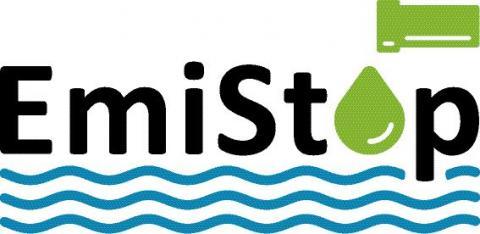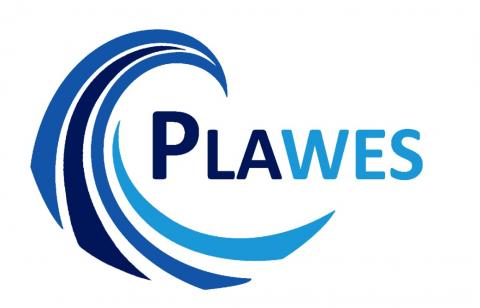Industrial emissions
Factsheet 5.1: Removing microplastics from industrial wastewater - Process improvements through the use of flocculants
Microplastics can enter our wastewater along the entire value chain. Removal options exist primarily in wastewater treatment plants, here in the form of filtration, flotation and sedimentation processes. The removal performance of wastewater treatment plants determines how much microplastic is discharged into the environment.
Portuguese web platform reports on the joint project EmiStop
Plastics have become an integral part of our everyday lives, and cause many environmental impacts. The pollution microplastics is increasingly in focus. First, these tiny particles were discovered in the oceans, then were found in lakes and rivers and eventually the soil.

EmiStop Research Paper: Flocculants for Removal of Microplastics from Industrial Wastewater
As part of the research project EmiStop, flocculants for the removal of microplastics from industrial wastewater have been developed. The flocculation of polyethylene, polyvinyl chloride, and polyamide was investigated for nine different combinations of inorganic and organic coagulants and flocculants both in tap water and in industrial wastewater matrices.






